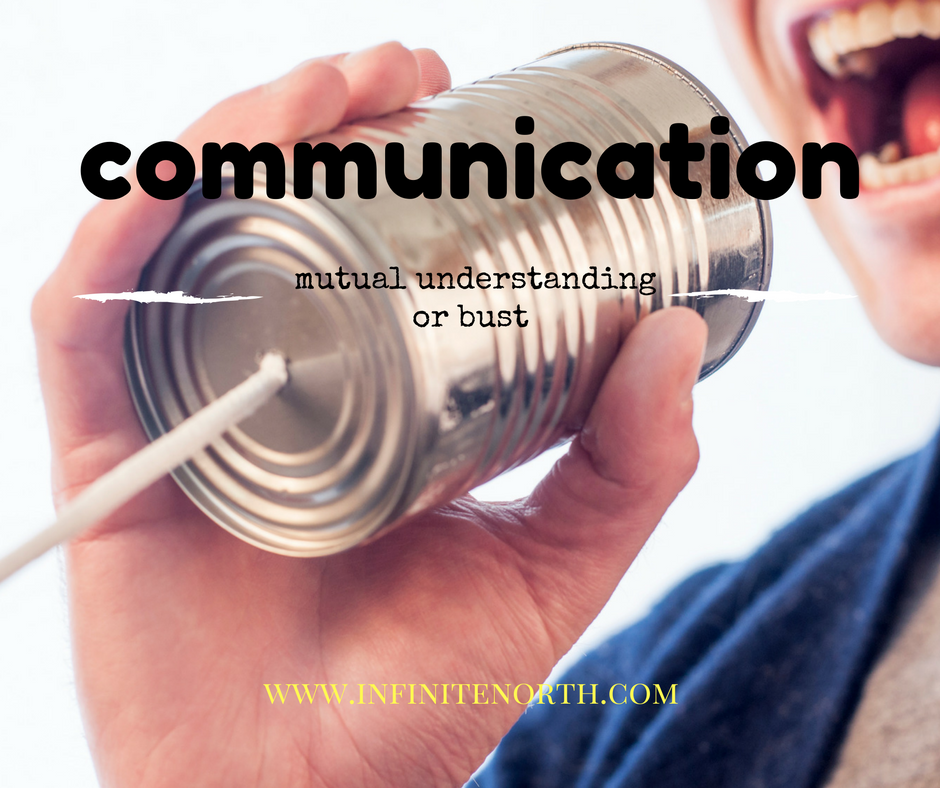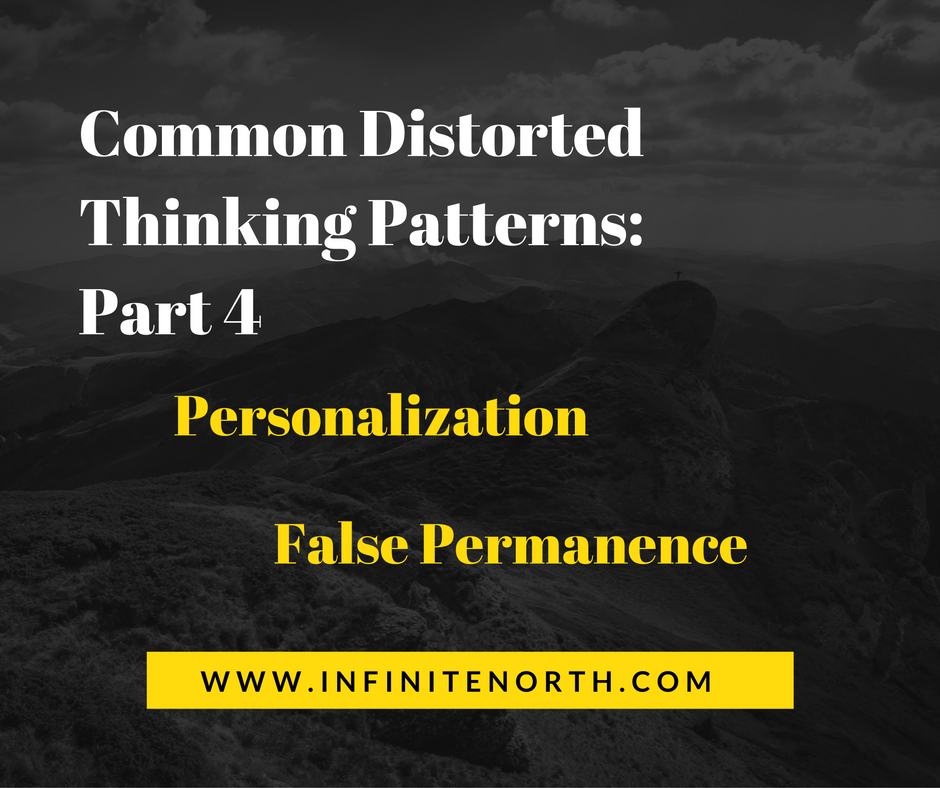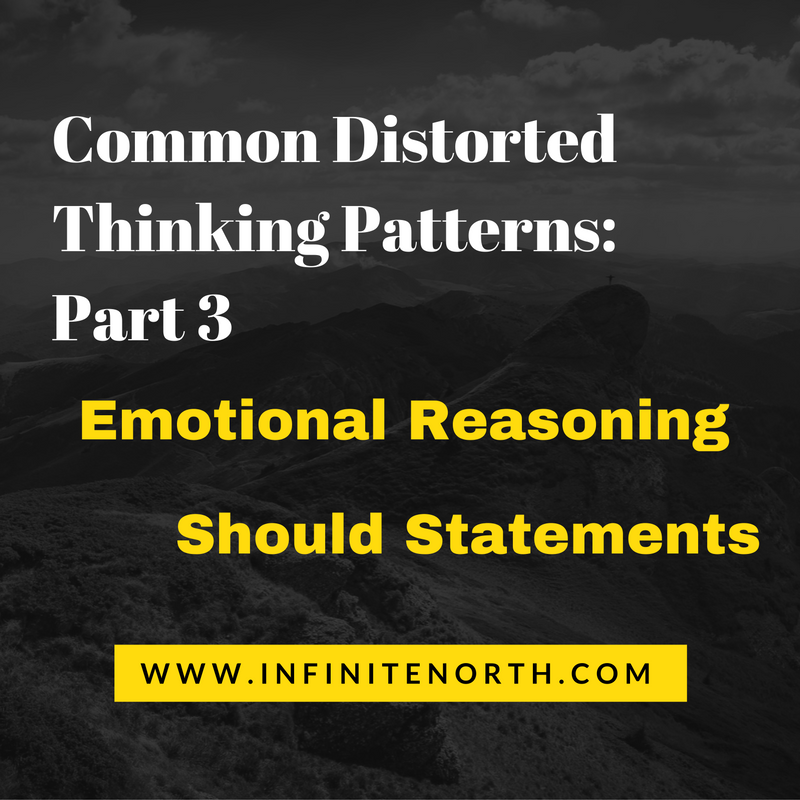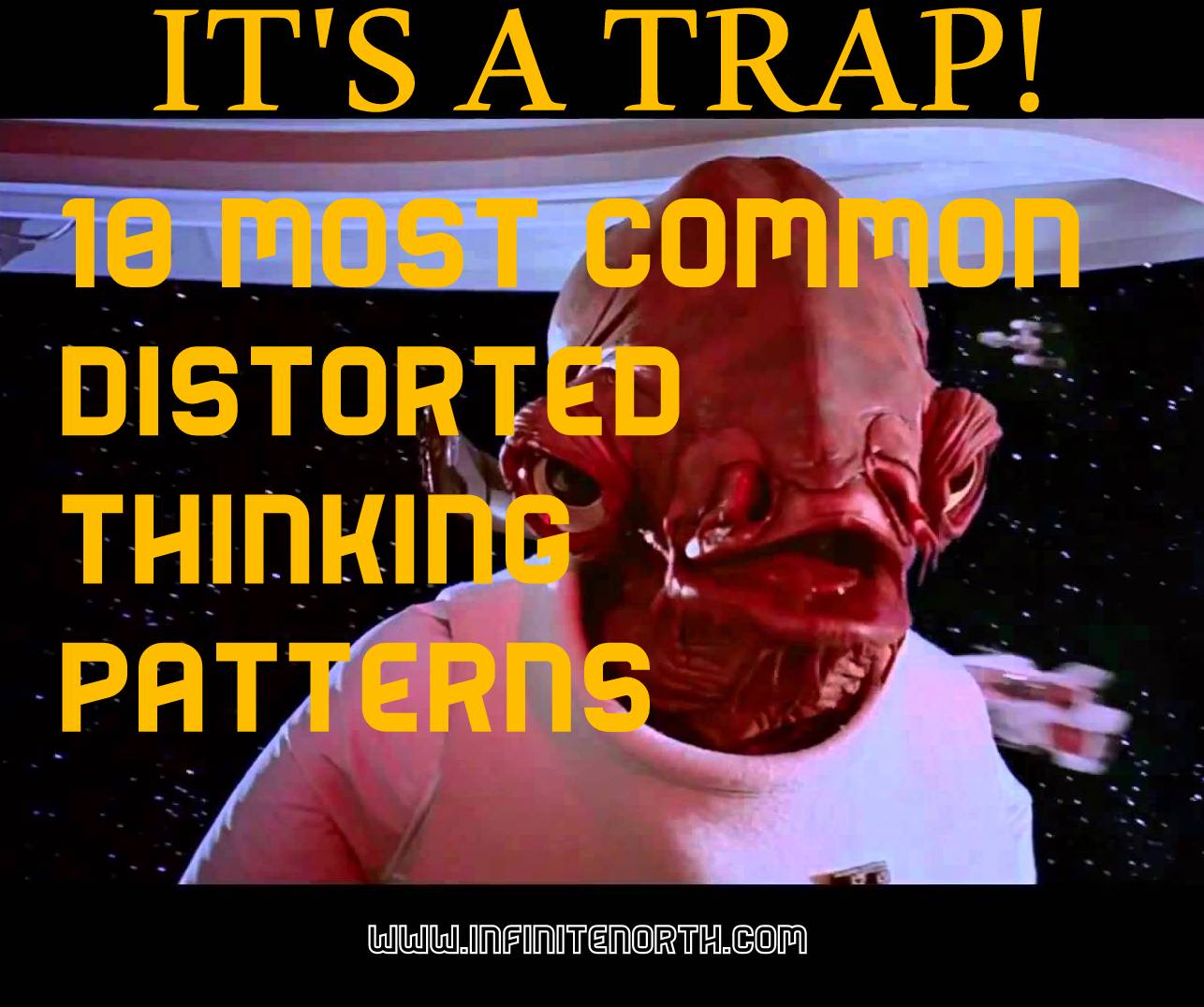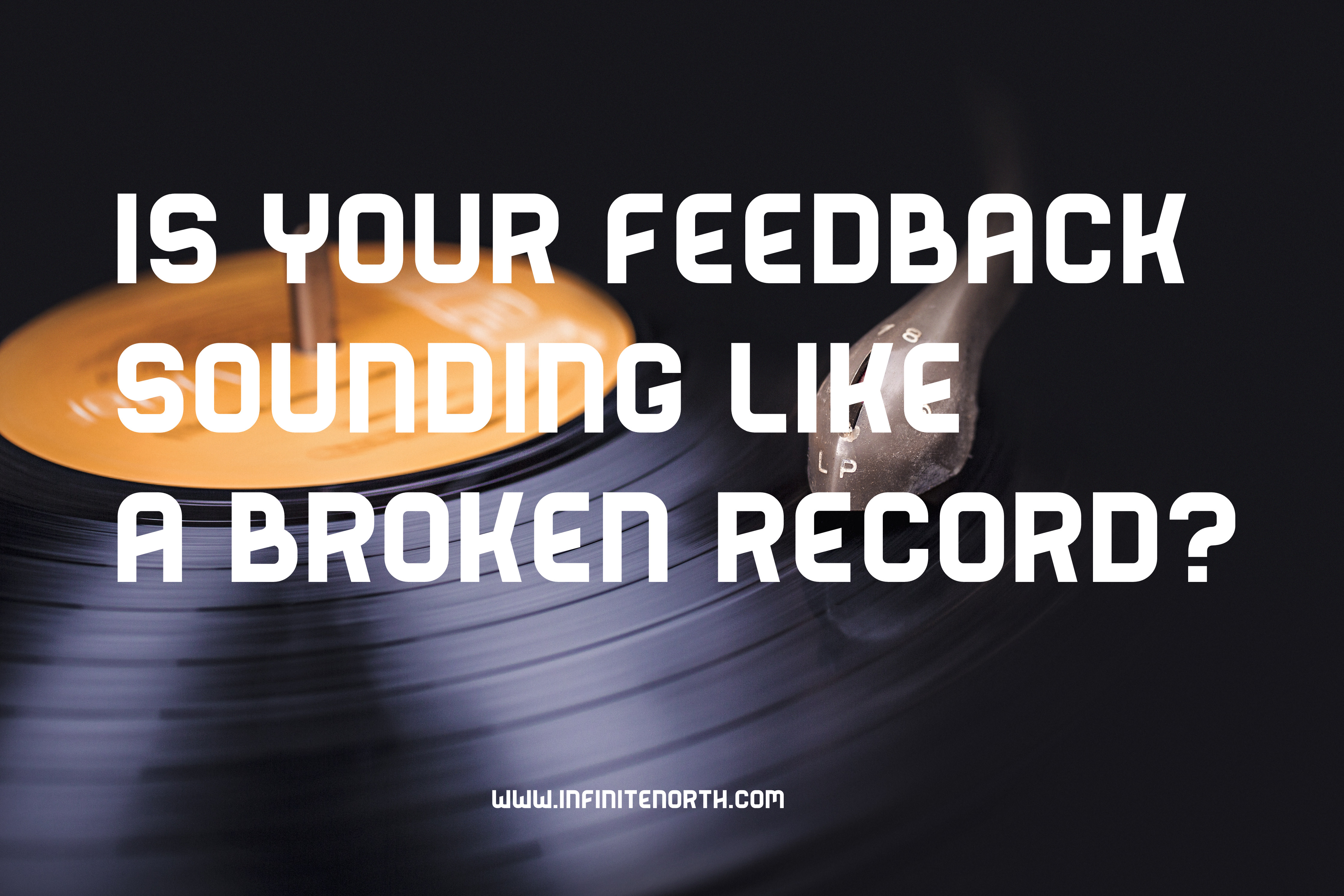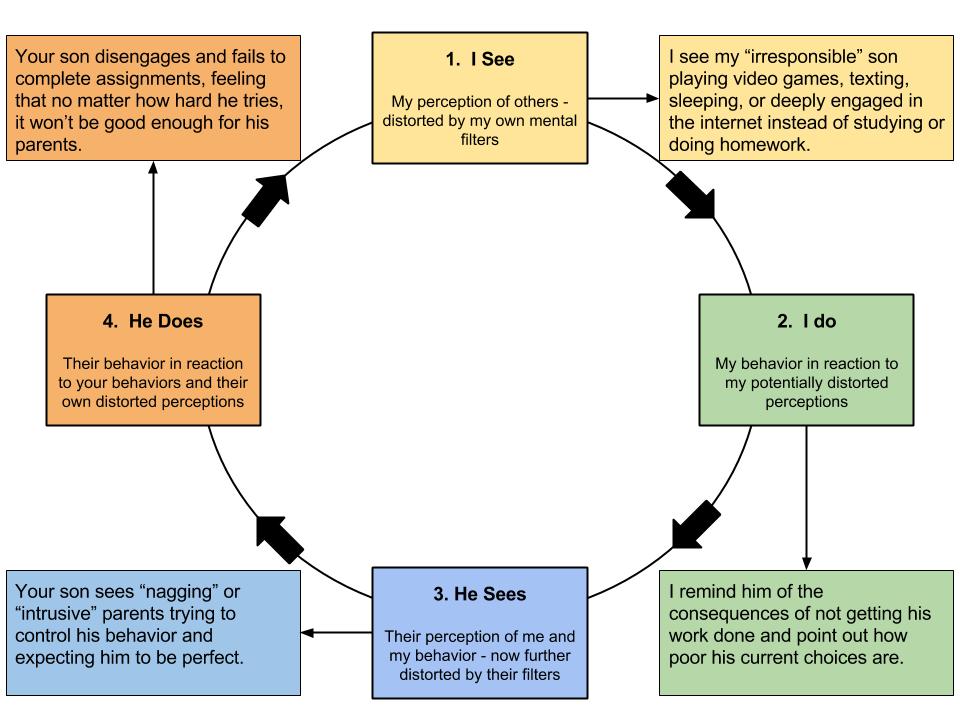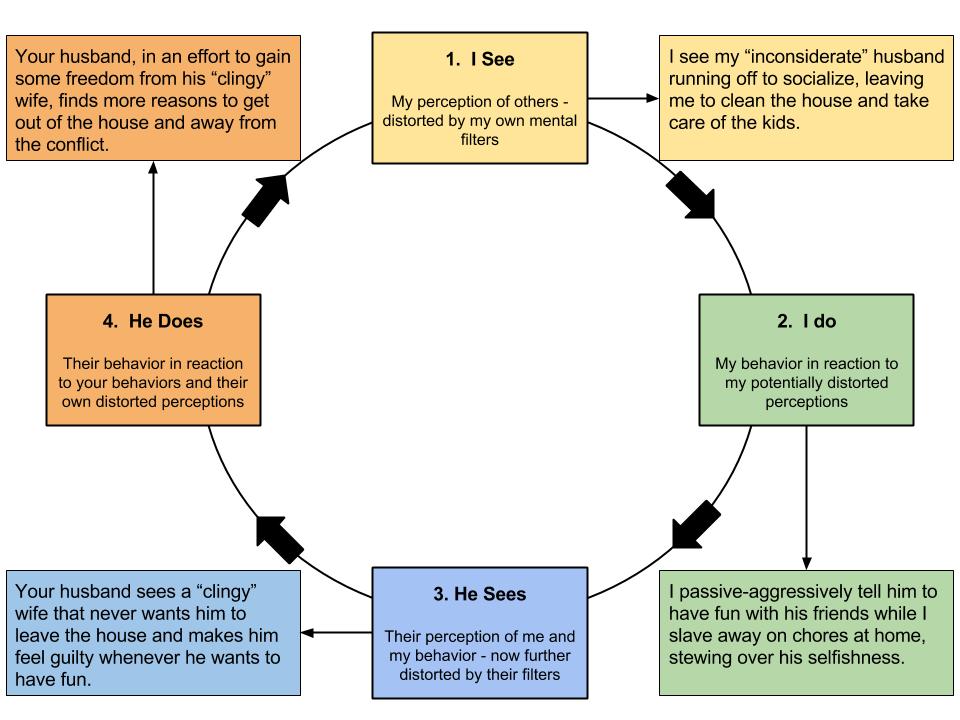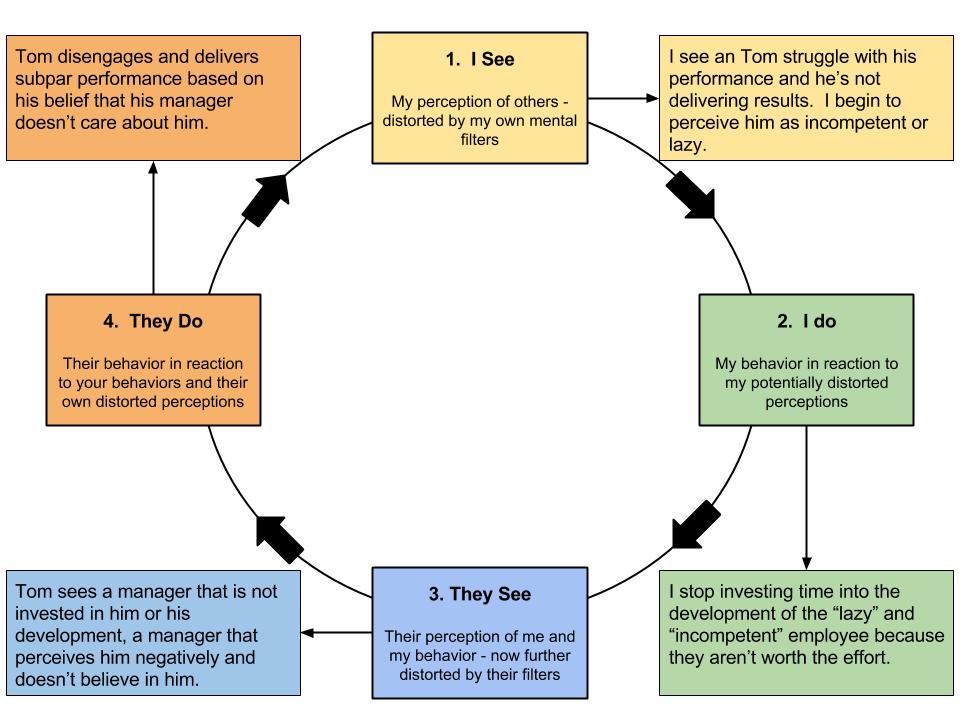I’m a big fan of movies. I like watching them, reading about them, talking about them, and analyzing them. As much as possible, I revel in the movie watching experience. At home it’s about popping popcorn, turning down the lights, and getting comfortable. If I’m fortunate enough to get out of the house and go to the theater, the complete experience includes popcorn(no “butter”), Hot Tamales, and an ice cold drink. I get to the theater early so I can pick the seat I want, and I wait with anticipation for the first trailers to flash onto the big screen.
I’m thoroughly and completely engrossed in all things cinema, and that’s why I love to ask people about the movies that mean the most to them. I’ve gone beyond the “favorite movie” question. It’s not a fair question. There are too many considerations for anyone to genuinely identify a single favorite movie. I’ve taken to asking a variation of the question that gets more directly to the things I want to know about.
“If you were stuck on a desert island and could only watch one movie for the rest of your life, what would it be and why?”
This question requires a level of commitment to a movie. It calls for identification of the most compelling aspects of a film. It eliminates the movies that are good the first time, then lose steam. It dismisses movies that are perfect for particular moments or situations, but can’t be counted on under unknown circumstances. To pick a movie you can be entertained by for the rest of your life goes beyond favorites and gets to genuine connection.
For more than a decade, my own answer to this question has been the same. I passionately answer, “The Princess Bride.”
The movie strikes the perfect notes, delivering anything and everything I might need in the movie-watching experience. Romance? Got it. Adventure? Got it. Revenge? Got it. Mystery? Got it. Friendship? Got it. Courage, mortality, humor, conviction, sacrifice, magic, mercy, compassion, swords, morality, underdogs, sarcasm, surprise, villians, heroes, giants, and a battle of wits? Got it. It’s a movie that I can quote, and often do. It’s a movie I’ve watched with my parents, my wife, my kids, and many of my best friends over the years. There are moments of distress, suspense, fear, sadness, and pain, but it never dwells there. The idea that love and hope can overcome hate, greed, and deceit flows through the entire story.
Not everyone would pick “The Princess Bride” as their desert island movie, but I’ll firmly claim that any movie they choose will be built on the foundations of love and hope. In fact, all the best movies are love stories. Neo only understands The Matrix after Trinity confesses her love for him. William Wallace would have been a humble farmer had the love of his life been spared. If Anakin doesn’t love his son, maybe the force never awakens. Andy loves Woody and Woody loves Andy. Steve Rogers loves his friends and his country. Maximus Decimus Meridius, driven by the love of his family, brought down an emperor. Jon McClane couldn’t let anything happen to his wife and ended up thwarting several major terrorist attacks. Django’s love never faded despite time and distance. Clarence would have faced any danger for Alabama. Love story after love story. Not all of them are romances, but they’re definitely love stories.
I’ve never watched enjoyed a movie that didn’t root itself in some type of love. Some are more covert than others, but I promise you – your favorite movie is a love story. If you’re convinced, you may be asking why? Well, it’s really quite obvious. The human experience is given meaning through relationships, and the connections we build allow us to flourish in life. There is no better motivator, nothing more fulfilling, no emotion stronger than love, the unwavering commitment to a relationship. When films allow us to witness that, and to relive it, or imagine ourselves driven by the same connections, we can’t help feeling enthralled.
So…what movie would you watch if you were stranded on a desert island? Why.



